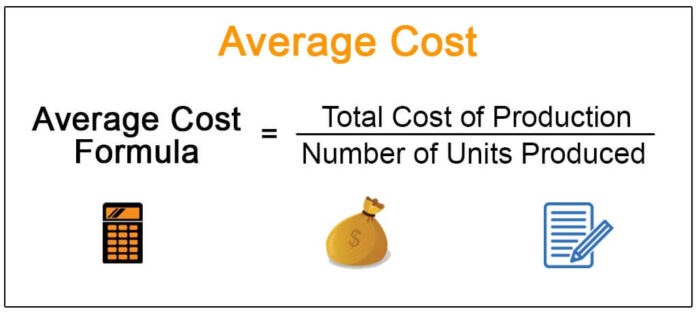How Is Expansion Estimated? What Is Consumer Price Index?
The Consumer Price Index, or CPI, is a proportion of expansion determined by U.S. government analysts in view of the cost level from a specific bin of labor and products addressing the typical shopper’s buys.
The center expansion file is normally a proportion of expansion by taking the CPI and barring unstable monetary factors, for example, food and energy costs to more readily quantify the basic and tireless pattern in long haul costs.
Expansion is determined by utilizing a decent bushel of products over the long haul because of the quality/new merchandise inclination to precisely build the cost for many everyday items as the nature of existing merchandise improves and considers the development of new products. isn’t kept.
The replacement predisposition causes an expansion rate determined by utilizing a decent bin of products over the long haul to misjudge the genuine expansion in the typical cost for most everyday items since it doesn’t remove into account whether individuals move from that merchandise. whose costs rise lopsidedly.
Many value files are not in light of a bin of buyer products. The GDP deflator depends on all parts of GDP. The maker cost file depends on the costs of provisions and data sources bought by makers of labor and products. The Employment Cost Index estimates wage expansion in the work market. The International Price Index depends on the costs of products traded or imported.
How A Change In Average Cost For Many Everyday Items Is Estimated?
The most usually referred to as the proportion of expansion in the United States is the Consumer Price Index or CPI. The CPI is determined by government analysts at the U.S. Department of Labor Statistics in view of the costs of a decent bushel of labor and products that address the acquisition of the typical group of four.
Lately, these analysts stand out to an unobtrusive issue: the adjustment of the complete expense of buying a specific crate of labor and products over the long haul isn’t reasonably equivalent to the adjustment of the cost for many everyday items as the cost for many everyday items. It shows the amount it costs an individual to feel that his utilization gives a similar degree of fulfillment or utility.
To outline the distinction, envision that throughout the course of recent years, the expense of purchasing a specific crate of merchandise expanded by 25%, and your compensation likewise expanded by 25%. Has your own way of life stayed stable?
In the event that you don’t be guaranteed to purchase a similar fixed bushel of products every year, working out expansion in light of the expense of a proper crate of merchandise can be a deceptive proportion of how your typical cost for most everyday items has changed. Two issues emerge here: substitution predisposition and quality/new merchandise inclination.
At the point when the cost of a product rises, the purchaser purchases less of it and looks for options all things considered. On the other hand, as the cost of a product falls, individuals will generally purchase a greater amount of it. This example suggests that merchandise with commonly rising costs ought to turn out to be less significant over the long run in the general bushel of products used to ascertain expansion, while products with falling costs ought to turn out to be more significant.
For instance, consider the expansion in the cost of peaches by $100 per pound. On the off chance that shoppers were totally unyielding in their interest for peaches, this would prompt a huge expansion in the cost of nourishment for purchasers. Then again, envision that individuals are totally unconcerned with peaches or different sorts of natural products. Presently, assuming the costs of peaches increment, individuals will change to other organic product choices altogether and the typical cost of the food won’t change by any means.
A fixed, permanent bin of products expects that customers are gotten into purchasing the very same merchandise paying little heed to changes in cost — a not likely supposition. Replacement predisposition misjudges the expansion in the buyer’s genuine cost for most everyday items since it doesn’t consider that one can get some distance from products whose overall costs have risen.
The other serious issue with involving a decent bin of products as the reason for computing expansion is the means by which to manage the appearance of further developed renditions of old merchandise or completely new merchandise. Consider the issue grain improves by adding 12 fundamental nutrients and minerals, yet costing 5% more per box. Counting the by and large coming about greater cost as expansion would be misdirecting on the grounds that the new cost is being charged for a higher or possibly an alternate quality item. Preferably, we might want to know the amount of a greater cost is because of an adjustment of value and its amount is only a more exorbitant cost. The Bureau of Labor Statistics, or BLS, is liable for working out the Consumer Price Index, or CPI — a proportion of expansion determined in light of the cost level — from a proper container of labor and products addressing the typical purchaser’s buys. To manage these challenges a



